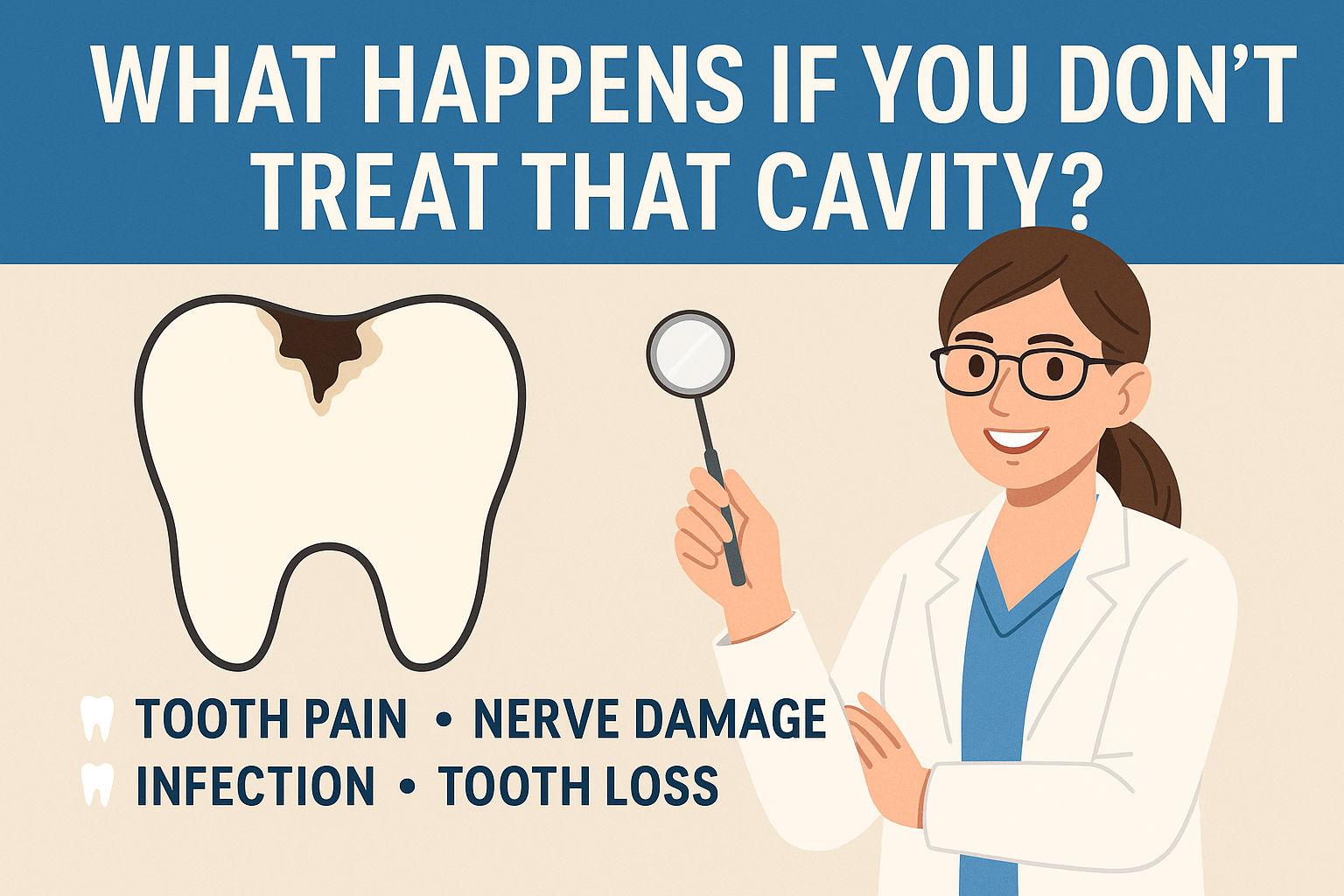Blog Highlights:
- A root canal treatment is done when the pulp of your tooth gets inflamed or infected
- It is done by removing the soft tissue within your tooth and by cleaning and resealing it afterwards
- If a root canal is not done on time, the pain and swelling can increase
- A tooth that has gone through a root canal treatment can still develop cavities and cause gum disease
A root canal treatment is needed whenever the soft tissues that contain blood vessels, connective tissues, and nerves within the pulp gets diseased or inflamed. Your dentist or endodontist (a dentist who is specialized in treating the insides of your teeth) will remove the infected pulp during a root canal. The pulp chamber as well as the canals are then cleaned and sealed afterwards. Without doing a root canal treatment, the pain and the swelling can intensify. When this happens, your tooth can no longer be treated and it will have to be removed.
Pulp infections can be caused by the following:
- Deep cavities
- Cracked or broken tooth
- Minute injuries or chips on the tooth
- Frequent dental procedures
Teeth and gums that are properly cared for can last a lifetime. This is why you need to have regular dental checkups so you can avoid dental problems. You should also know that a root canaled tooth can still develop cavities and cause gum disease. Root canal treatments are very simple and it typically does not cause any discomfort. It will however, require one to three visits to finish. This procedure can effectively help save your tooth and your smile.









